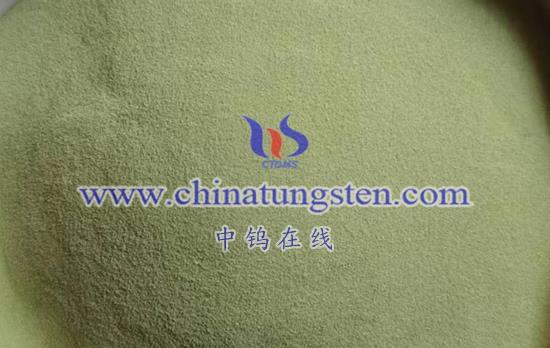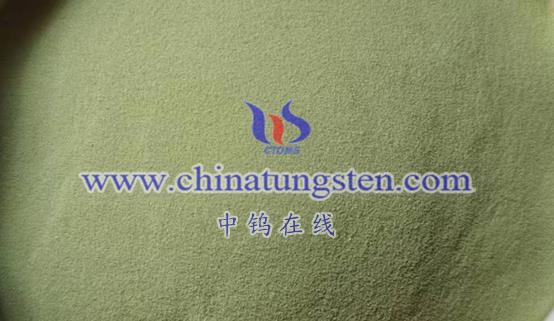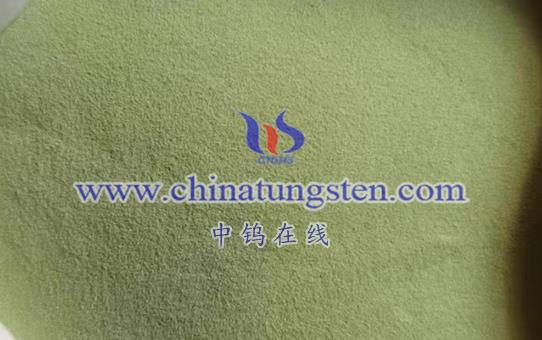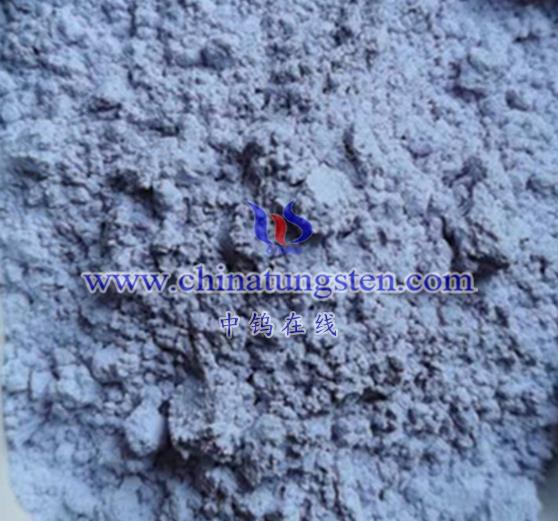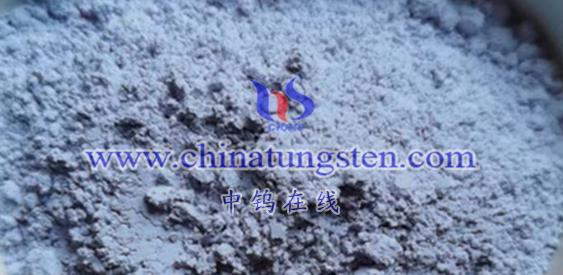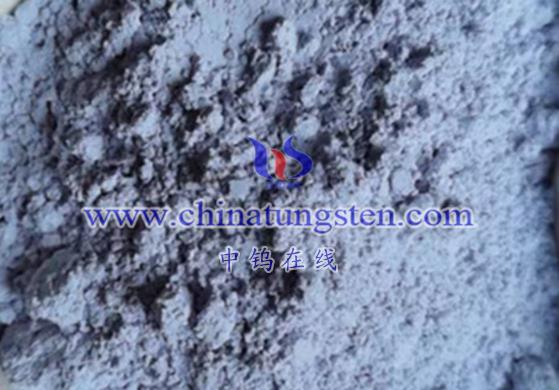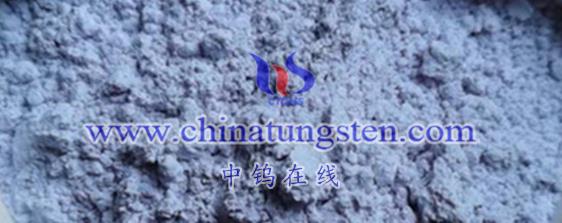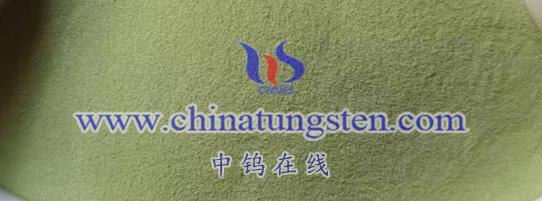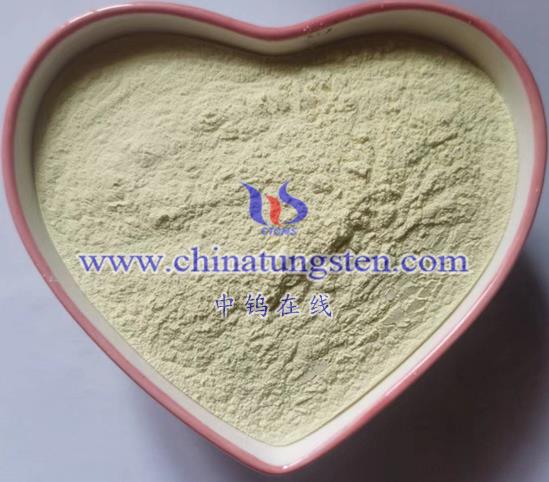
Nano-tungsten oxide (WO3) has a wide range of applications in gas sensing due to its excellent gas-sensitive properties, making it an important material in the field of gas detection and monitoring. Here are some major application areas of nano-tungsten oxide in gas sensing:
- Environmental Pollution Monitoring
Nano-tungsten oxide sensors can detect various pollutants in the atmosphere, such as nitrogen oxides (NOx), sulfur dioxide (SO2), and carbon monoxide (CO). These sensors can be deployed in industrial areas, traffic corridors, urban parks, and other locations to monitor air quality in real time, providing data support for environmental protection agencies to develop effective emission reduction measures. - Industrial Safety Monitoring
In industries such as chemicals, oil, and natural gas, nano-tungsten oxide sensors can be used to monitor the leakage of combustible gases (such as methane and hydrogen) and toxic gases. When gas concentrations exceed safety thresholds, the sensors immediately trigger alarms to alert workers to take emergency measures, preventing accidents such as fires, explosions, and poisoning. - Food Safety and Quality Control
Nano-tungsten oxide sensors also have potential applications in food safety. For example, they can be used to detect the concentrations of oxygen and carbon dioxide in food packaging to monitor freshness and shelf life. Additionally, by detecting specific gases (such as ammonia and hydrogen sulfide) produced during the storage and processing of food, these sensors can help determine the freshness and safety of food products. - Smart Home and Indoor Air Quality Monitoring
In smart home systems, nano-tungsten oxide sensors can monitor indoor air quality by detecting harmful gases such as formaldehyde and benzene. When indoor air quality deteriorates, the sensors can activate devices like air purifiers to automatically adjust the environment, providing residents with healthy and comfortable living conditions. - Medical Health Field
Nano-tungsten oxide sensors have applications in the medical health field as well. For instance, they can be used to analyze the composition of patients’ exhaled gases, assisting doctors in diagnosing respiratory diseases. Additionally, they can monitor harmful gas concentrations in medical environments, such as operating rooms, ensuring safety in healthcare settings. - Energy and Transportation Field
In the hydrogen energy sector, nano-tungsten oxide sensors can detect hydrogen concentrations, ensuring the safe storage and use of hydrogen. In transportation, they can monitor harmful gas concentrations in vehicle exhaust emissions, providing law enforcement agencies with regulatory data. Furthermore, they can be used for drunk driving detection by measuring the ethanol concentration in a driver’s breath. - Research and Education
As an important material in gas sensing, nano-tungsten oxide is widely used in research and education. Researchers can leverage its gas-sensitive properties for in-depth studies, advancing gas sensing technology. In educational settings, nano-tungsten oxide sensors can be utilized as experimental tools to help students understand the principles and applications of gas sensing.
The applications of nano-tungsten oxide in gas sensing are extensive, covering environmental pollution monitoring, industrial safety monitoring, food safety and quality control, smart home and indoor air quality monitoring, medical health, energy and transportation, and research and education. With continuous technological advancements and the expansion of application areas, the prospects for nano-tungsten oxide gas sensors will become even broader.
More details of tungsten oxide product, please visit website: tungsten-oxide.com
Please contact CHINATUNGSTEN for inquiry and order of tungsten oxide:
Email: sales@chinatungsten.com
Tel.: 86 592 5129595


